-
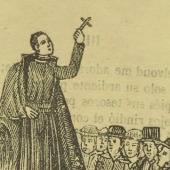
Cancion nueva de Catalina Howar en el último dia de su vida
-

Atrocidades de Margarita Cisneros: Relación puesta en décimas glosadas, de lo que cometiò esta joven natural de Tamarite, reino de Aragón, el año 1852: por haberla obligado sus padres à un casamiento forzoso en la ciudad de Lérida
-
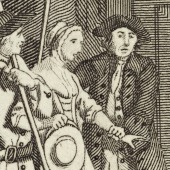
The Newgate calendar; or, malefactors bloody register. Containing genuine and circumstantial narratives of the lives and transactions, various exploits and dying speeches of the most notorious criminals of both sexes, who suffered death, ... in Great Britain and Ireland, from the year 1700, to the present time, vol.
-
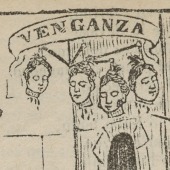
Nueva y famosa relacion de las atrocidades de Sebastiana del Castillo y el trágico fin de su vida despues de haber muerto á su padre, madre y hermanos
-
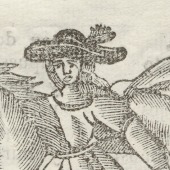
Sebastiana del Castillo: curioso romance en que se declaran las atrocidades de Sebastiana del Castillo …
-
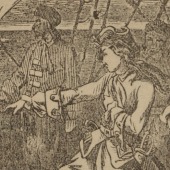
La heroina Malvina
-
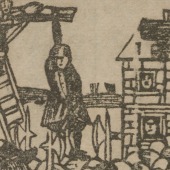
A true and genuine account of Mary Moseley, who was … found guilty of poisoning her husband, two sons and a daughter …
-
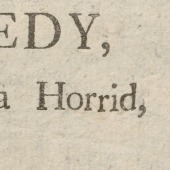
The Norfolk tragedy: giving a full account of a horrid barbarous and bloody murder committed by Sarah Hazel on the body of Mary Hazel her daughter-in-law … a child only ten years of age …
-
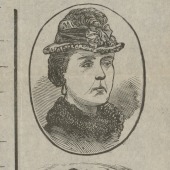
Trial, sentence & execution of Kate Webster for the murder of Mrs Thomas, at Richmond
-
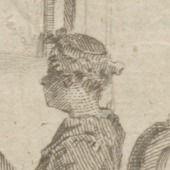
The cruel mistress, being the genuine trial of Elizabeth Branch and her own daughter, for the murder of Jane Butterworth, their servant maid …
-

Florence Maybrick (1862-1941)
A travesty of justice
Unnatural women
Read all about it!
Women in the nineteenth century were frequently depicted as passive and feminine. Behaving in other ways transgressed social expectations, and could provide the source of a good story. Although often the victims of wrongdoing, some women nevertheless showed that they could control their own destinies. This might involve disguising themselves as men — it is easier to move in trousers than in a skirt. Women were also portrayed committing considerable violence, beyond that of reacting against the wrongs done to them.
Margarita Cisneros is depicted as rather vulnerable despite being a prolific murderess, whereas Sebastiana del Castillo was characterised as triumphant and masculine, brandishing a sword or a gun. English narratives frequently showed children, servants and the elderly as most vulnerable to harm from women. Violence was thought to be natural (to some extent) in men, but completely unnatural in women; it was particularly shocking when a woman, thought of as a nurturer of life, chose instead to destroy it.